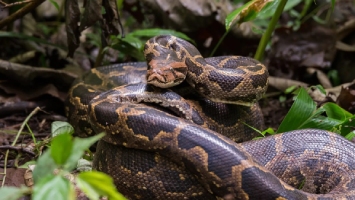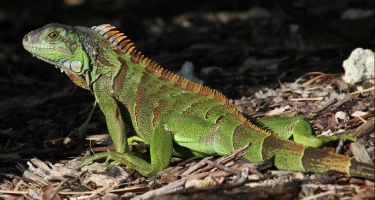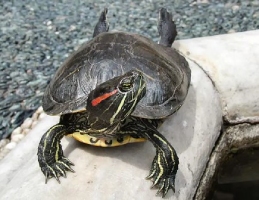Pets are supposed to bring joy, companionship, and maybe a few chewed-up shoes along the way. But not every cute critter stays in its cage. Some grow too big, eat too much, or just don’t fit into a home the way people expect. And when those pets end up in the wild, things can get out of control.
Across the world, once-beloved animals have taken over environments they were never meant to be in. They breed, hunt, and spread, wreaking havoc on native species. Let’s look at three exotic pets that started in tanks and terrariums but ended up turning entire ecosystems upside down.
Burmese Pythons

Native to Southeast Asia, the Burmese python is among the largest snake species in the world. We know a python is not a species many would dream of having as pets. But believe us when we say they used to be sought-after until they inevitably grew bigger than anyone could manage, leading to intentional releases or accidental escapes. Their stylish tiger-like scales and tame nature made them popular pets, which explains why there were over 90,000 imports into the U.S. between 1996 and 2006.
For years, owners who couldn’t manage these massive snakes either released them or let them escape. Then came Hurricane Andrew in 1992, which destroyed a python breeding facility in Florida. Suddenly, the Everglades had a new apex predator. With no natural enemies and plenty to eat, these snakes have decimated mammal populations. Raccoons, opossums, and even deer have nearly disappeared in areas overrun by pythons. They’ve even been caught wrestling alligators.
Wildlife authorities have also initiated programs such as the Florida Python Challenge to eradicate them in fewer numbers. The program, where volunteers are trained to kill pythons safely and humanely, ran without a hitch for some time and witnessed 209 pythons being killed by 1,050 volunteers in 2023. But thousands still slither through the swamps, and the Burmese python is still a threat to Florida’s wildlife to this day.
Green Iguanas


Green iguanas are harmless-looking at first sight. They’re gorgeous, colorful, and, as young iguanas, pretty tame. But they’re like rockets, growing quickly to five-foot lengths with appetites for nearly everything that can be chewed. Their owners, not expecting their rapid growth and voracious appetites, released them into the wild, thinking they’d do just fine.
They adapted too readily. In South Florida, you may spot green iguanas basking on sidewalks, sunning in backyards, and digging holes that undermine roads and seawalls. It is so intimidating that the food sources of these species extend as far as native plants and even endangered species, including the host plants of the Miami blue butterfly.
Aside from the damage they inflict on the environment, they’re also a nuisance in cities. They clog drains, scatter droppings everywhere, and sometimes even fall off the trees when it’s cold. This is why iguanas falling on cars and sidewalks when it’s frozen became the new standard. Because of measures taken to manage them, their population still grows.
Red-Eared Slider Turtles

At first glance, a tiny turtle with a bright red stripe on its head looks like the perfect low-maintenance pet. That was the thinking behind the mass sale of red-eared sliders, which became one of the most common pet turtles in the world. But those tiny hatchlings quickly outgrow their tanks, and many end up dumped in lakes, rivers, and ponds.
In fact, they’ve become such a problem that they’re now listed among the 100 world’s worst invasive species. Once in the wild, they don’t just survive; they take over. Red-eared sliders eat anything they can find, compete with native turtles for food and basking spots, and spread diseases.
Countries have tried banning their sale, and some regions actively remove them from the wild, but they’ve already spread too far.
Final Thoughts
These are not merely anecdotes about pet selection; they are actual anecdotes about the manner in which even the most minor decisions—such as releasing a pet into the wild—can have long-term effects. Understanding those effects is crucial to being intelligent and up-to-date regarding the effects of our actions.
Before bringing an exotic animal home, it’s crucial to consider the long-term responsibilities. What happens when it grows up, gets hungry, or just doesn’t fit your lifestyle anymore? Because once they’re out, nature doesn’t press the undo button.

